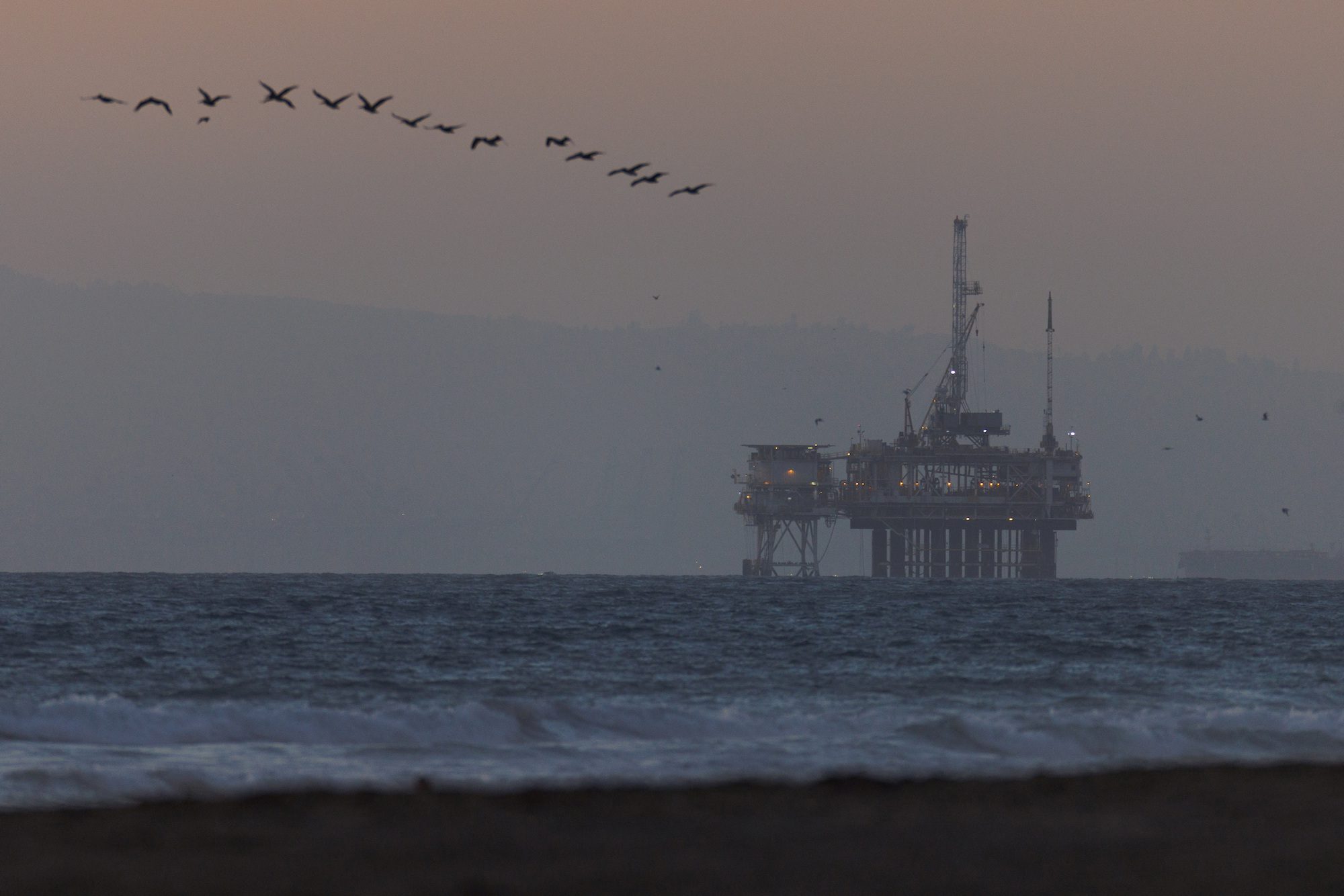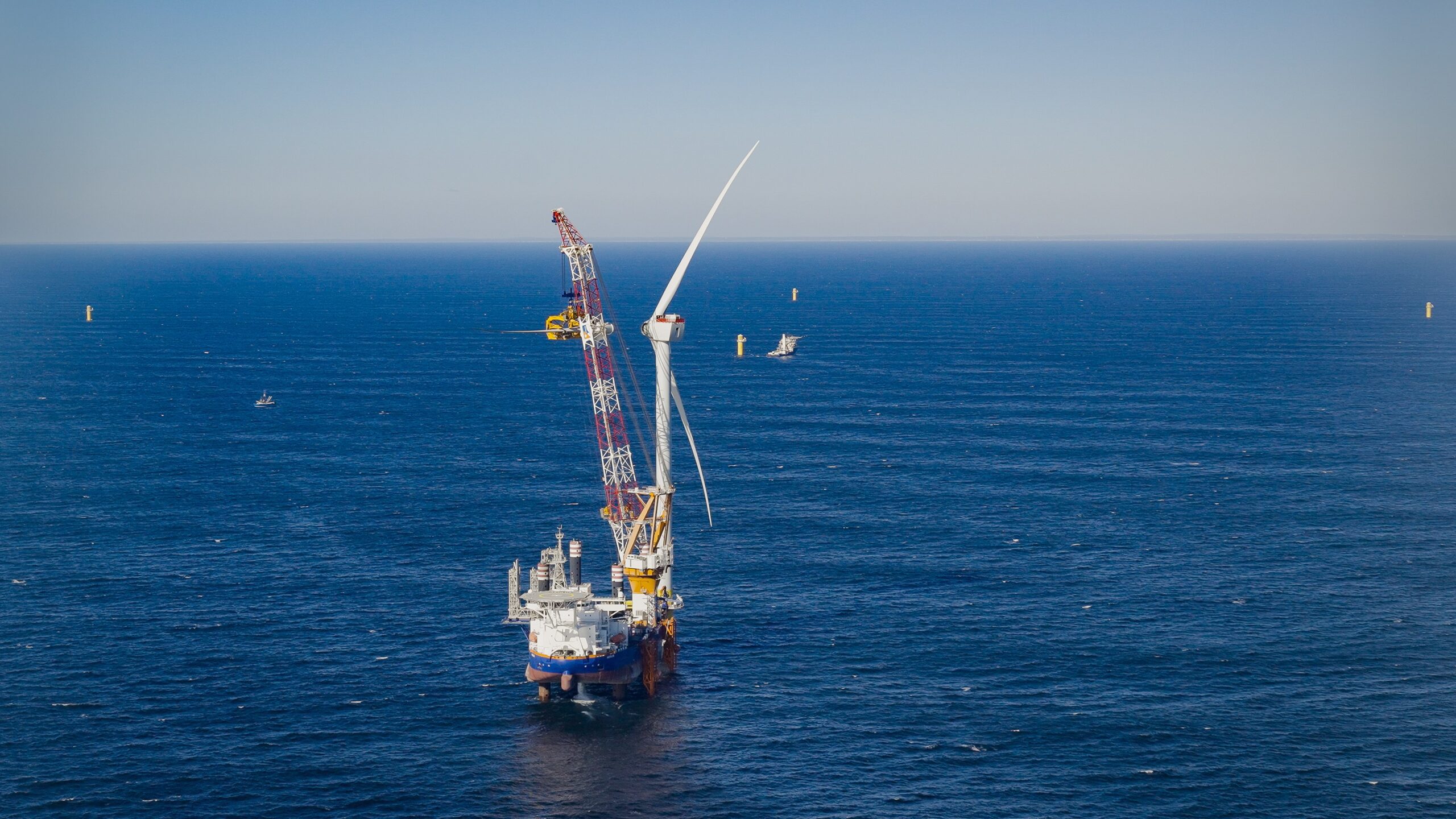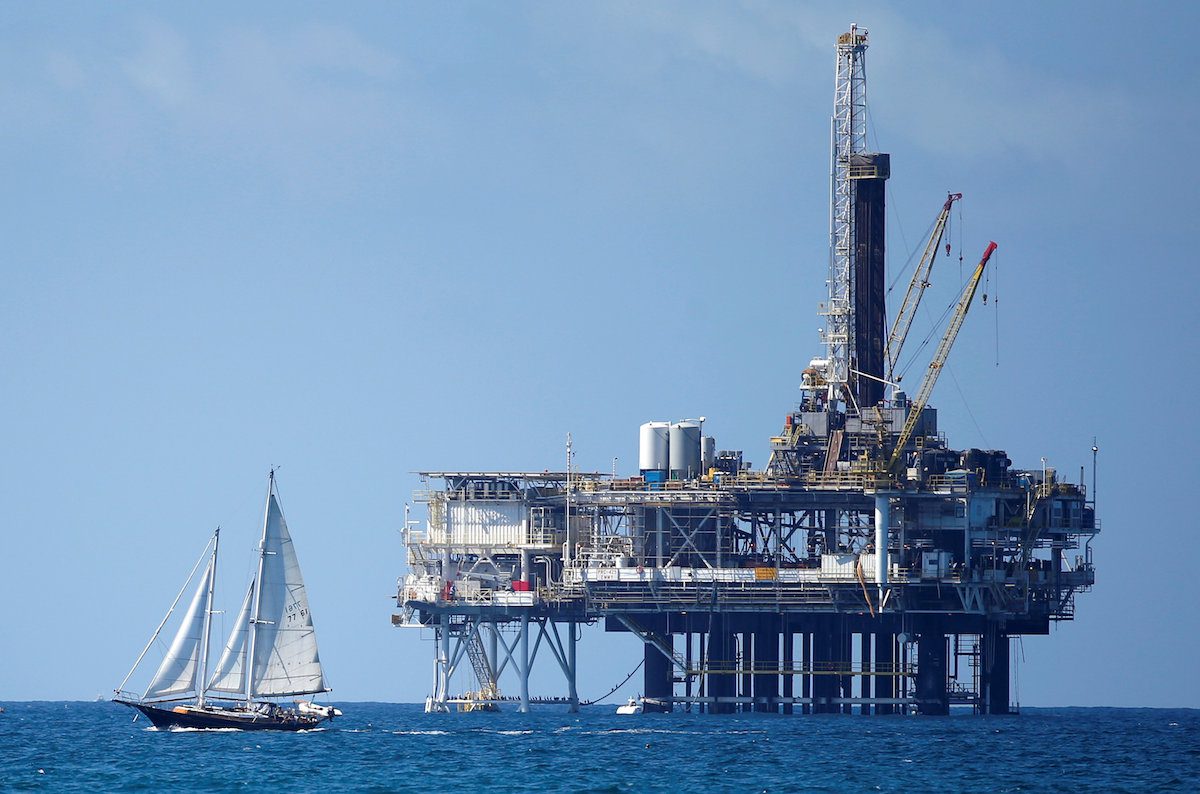By William Mathis (Bloomberg) —
Europe is starting to find the limit of a decades-long boom in offshore wind.
It can be seen most acutely in the places that have been quickest to build capacity. Countries like Denmark and Sweden are beginning to hit a wall as power prices and incentives drop too low to make building projects worth it. The latest example is a Danish government auction for offshore wind that failed to attract any bids.
A decline in wind projects could leave nations more dependent on burning fossil fuels for longer. Offshore wind has been getting cheaper for years but that success is fading as projects struggle with cost pressures.
Denmark generated a record 58% of its electricity from wind farms last year, the highest rate in the world. Last week the government received no bids in its biggest-ever tender for offshore wind farms. Companies including the state-owned Orsted A/S said that it wasn’t attractive to invest in such large local projects anymore.
One major turnoff is low electricity prices that are weighed down by abundant supply from existing wind farms crowding into the market. The same problem exists in Sweden.
The expansion of thousands of wind turbines over the past two decades is discouraging investors from backing new renewable developments in the country as rock-bottom power prices offer little return. Doubts are also growing over what demand will be in the future as a number of energy-hungry green industrial mega-projects in the north get delayed or canceled altogether.
“We cannot have an electricity system that’s based solely on wind and solar,” said Brian Vad Mathiesen, a professor at Aalborg University in Denmark who researches the potential of 100% renewable power systems. “There are stark technical and economic limits to how much we can integrate into the grid.”
Coal or gas-fired stations usually run when power prices are high enough to cover the fixed cost of things like fuel, whereas wind farms run whenever the wind blows regardless of price. Sometimes power can be free or consumers can be paid to use it if there’s more supply on the grid than demand.
A similar phenomenon is happening with solar too, but the plunging cost of solar panels has blunted the impact. The wind industry has been squeezed by a jump in costs for key inputs such as steel and labor.
One easy solution would be to convince consumers to shift demand to better match the fluctuations of supply. With the electrification of transport, home heating and industry, there’s potential to shift power demand and lift average prices to a level that could underpin further investment in clean generation.
So far, those efforts are falling short as EV growth falters and investment in so-called green hydrogen fails to materialize to decarbonize industry.
“It hasn’t played out as hoped, which means now you’re in a situation where you have this saturated situation,” said Rikke Nørgaard co-founder and chief commercial officer of analytics firm Aegir Insights. “It’s really looking like quite low electricity prices.”
In the UK, plans to essentially eliminate fossil fuels from the power network by the end of this decade would require a major overhaul of the way power is consumed to better match fluctuating supply from renewable supplies, according to a recent report by the country’s grid operator. Currently Britain is wasting a record amount of wind power due to limitations of the country’s power grid.
“Investment only makes sense if you have a way to offload your power,” said Michael van der Heijden, chief executive officer of Reventus, an offshore wind developer backed by Canada Pension Plan Investment Board. “If not today then in the foreseeable future.”
© 2024 Bloomberg L.P.

 Join The Club
Join The Club










